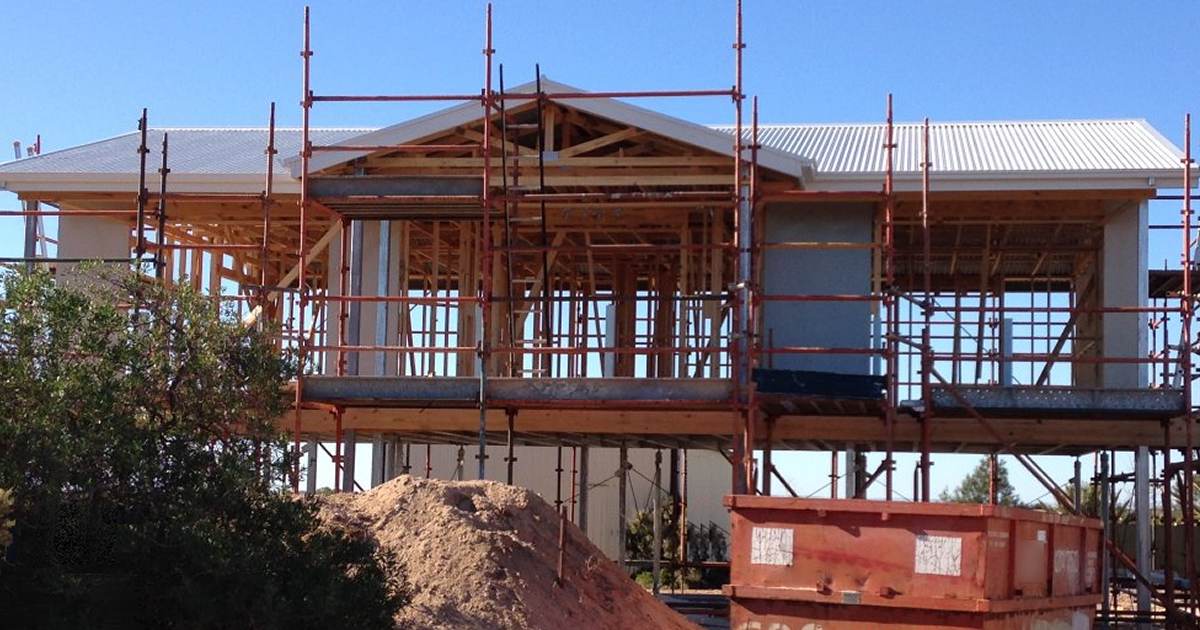
Ready for some quotes? Enter your postcode now
The Victorian Government’s popular Solar Homes program has been expanded once again – this time to include homes under construction.
Victoria’s solar panel rebate has been operating for around four years now. Currently, a subsidy of up to $1,400 is available to go towards the cost of a solar power system – that’s in addition to the national subsidy that can knock thousands off a system purchase.
Like the national scheme, Victoria’s is actually an up-front discount rather than a rebate applied for post-installation. Also available is an interest-free loan of up to $1,400.
Up until this week, among the eligibility criteria was the system must be installed on an existing property. That excluded homes under construction, which is a good time to install panels as costs can be reduced. The requirement has now changed, stating (bolding mine):
“they are the owner of an existing property or of a home under construction.“
Commenting on the change, Minister for Solar Homes Lily D’Ambrosio said:
“We’re putting power back into the hands of Victorian households – driving down energy costs and boosting supply, creating thousands of jobs and cutting solar installation costs for new builds by hundreds.”
Around 40,000 new homes are built in Victoria annually. Home solar power is expected to account for 12.5 per cent of Victoria’s 40 per cent renewable energy target by 2025.
The Victorian Government claims by fitting panels as electricity is wired to new homes can save homeowners up to $800 on solar installation costs. That seems rather optimistic if based on an average sized system, but if correct; great.
But I’m wondering if this might also potentially reduce choice of installer if a builder has cosied up with a particular firm and perhaps only allows that firm to work on-site while the home is under construction. It’s my understanding that during construction, the builder has control of the site. That could produce some undesirable outcomes.
So, how long does it take to achieve simple payback on a solar power system in Victoria given the generous subsidies currently available? Inputting the following information into the SolarQuotes solar calculator:
… shows simple payback can be achieved in around 5 years, 11 months. Get a better feed-in tariff (not to be confused with the rebate – and it often is) and/or boost self-consumption, and the payback period shortens.
The system price above is for good quality components and install, and as noted doesn’t take into account any potential cost saving for a solar installation on a home currently under construction.
Whether it’s for a new build or an existing home, installing solar panels is a great move for homeowners with a suitable rooftop – and that applies across Australia; not just in Victoria. Try the solar calculator for yourself to see what you could be saving and estimated payback in your circumstances.
Sign up for our weekly newsletter!
Michael caught the solar power bug after purchasing components to cobble together a small off-grid PV system in 2008. He’s been reporting on Australian and international solar energy news ever since.
Please keep the SolarQuotes blog constructive and useful with these 4 rules:
1. Real names are preferred – you should be happy to put your name to your comments.
2. Put down your weapons.
3. Assume positive intention.
4. If you are in the solar industry – try to get to the truth, not the sale.
5. Please stay on topic.

Read The Good Solar Guide Free Online!
Ready to get quotes for solar?
Get up to 3 FREE quotes
through our service
We carefully pre-vet All of
Our installers and your
quotes are zero-obligation
Download the first chapter of The Good Solar Guide, authored by SolarQuotes founder Finn Peacock, FREE!
You’ll also start receiving the SolarQuotes weekly newsletter, keeping you up to date on all the latest developments on Australia’s solar scene.
We respect your privacy and you can opt out from the newsletter at any time.








